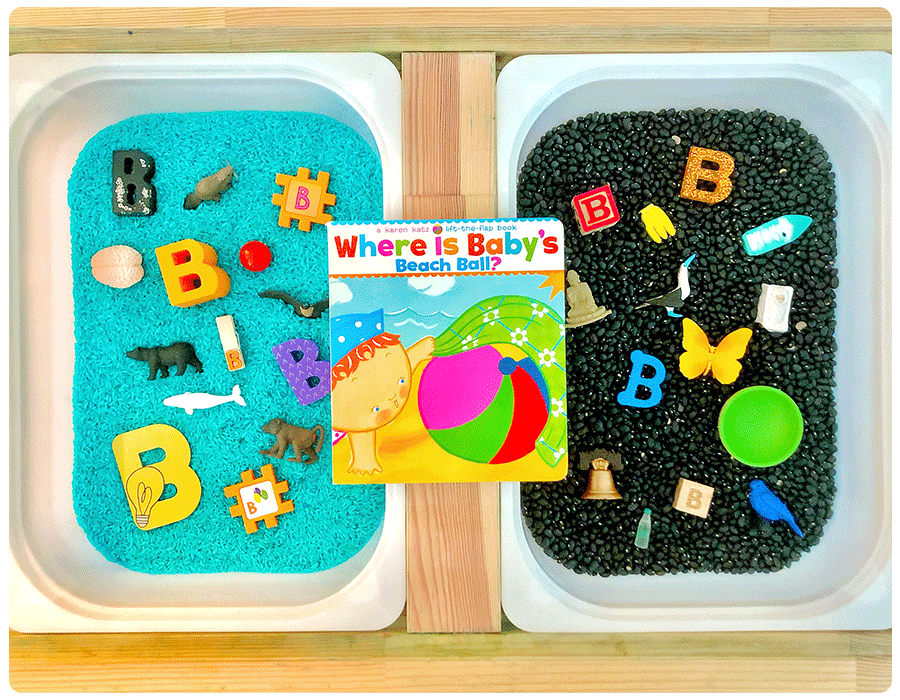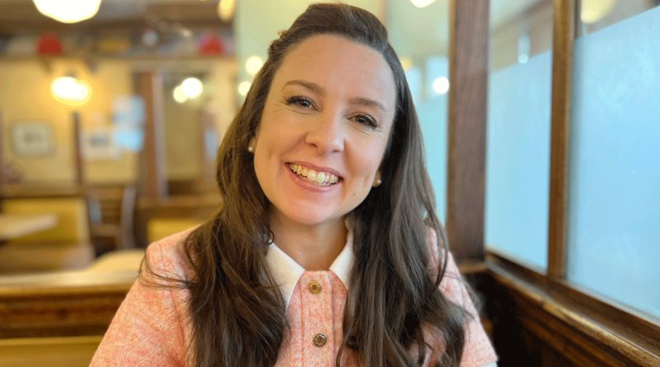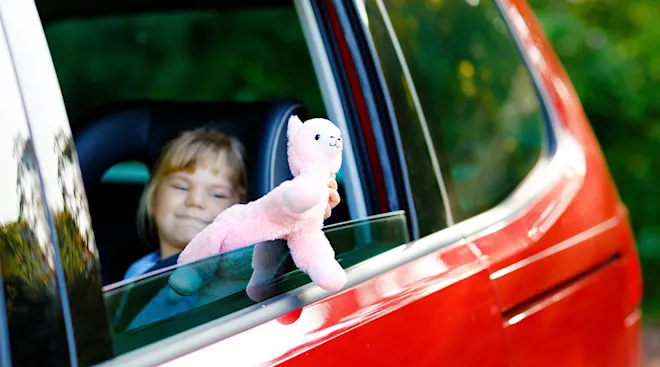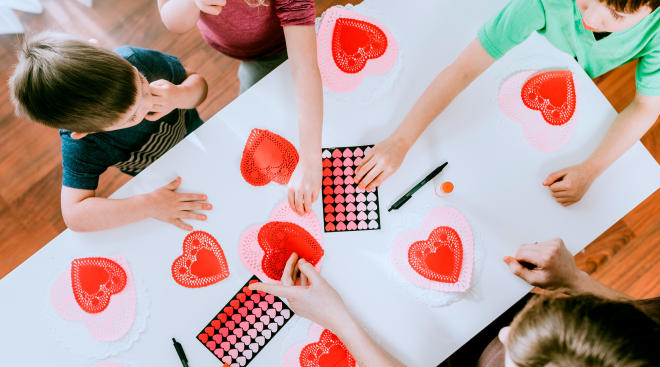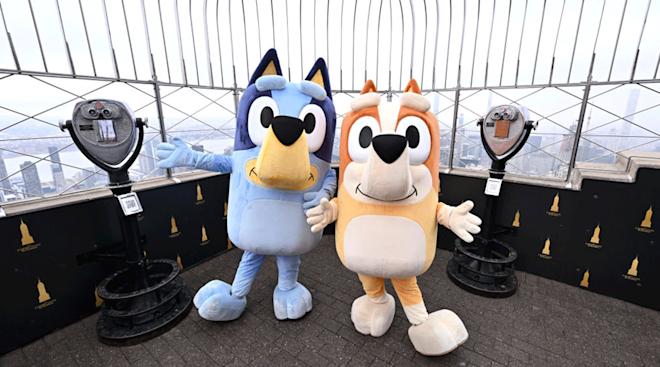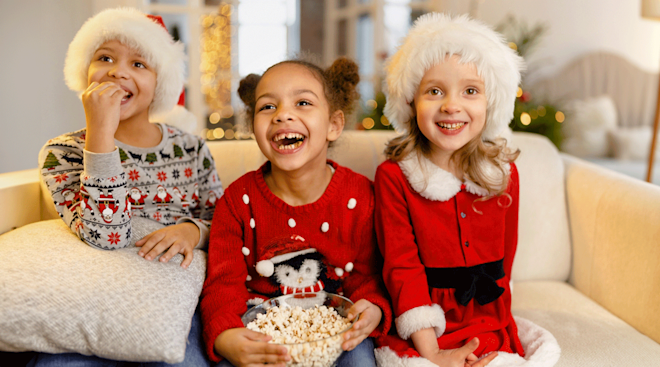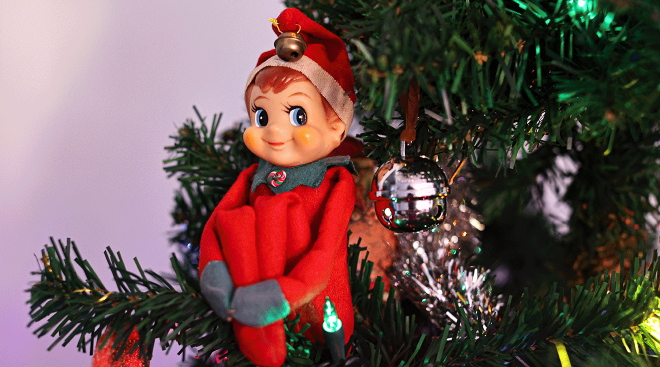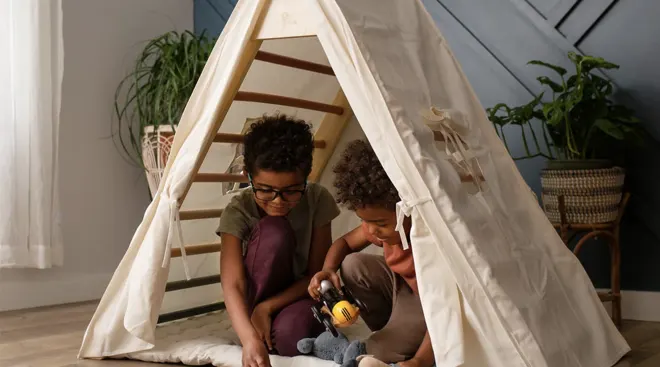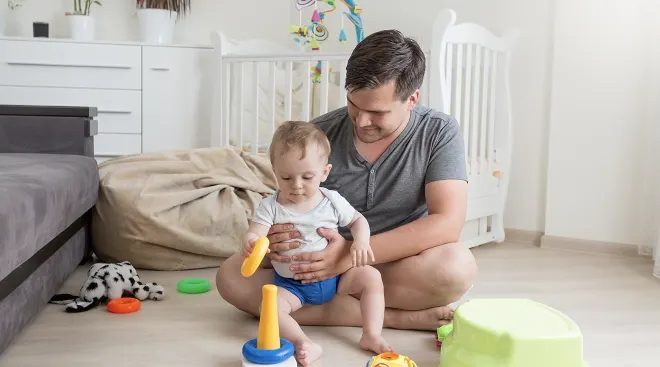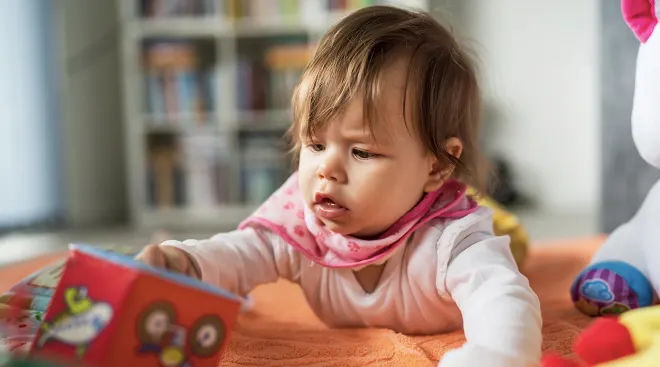11 Amazing Sensory Bins for Babies and Toddlers
It’s no secret that playing with your little one is an important part of their growth and development. Research from the American Academy of Pediatrics (AAP) shows that when kids engage in developmentally appropriate play, they’re not only having fun, but also building social skills, strengthening their brains and gaining key language and motor skills. But sometimes it can be tough to figure out new activities for babies and toddlers.
If you’re looking for something new to do with your baby or toddler, consider incorporating sensory bins into your playtime. It’s a great way to let your kiddo explore and learn while having tons of fun. The best part? An engaging sensory bin can keep your child busy for more than just a few minutes—and parents know just how precious that can be. Check out some unique sensory bin ideas for toddlers and babies, straight ahead.
There are endless options when it comes to sensory bin ideas, but all sensory bins are basically the same thing: a container full of items with different textures, shapes and colors that kids can play with, either by themselves or alongside friends, siblings or caregivers. You can choose just about anything you can imagine (that’s safe!) to fill a bin that speaks to your child’s unique personality and interests. Plus, sensory bins are easy to change up, which is key, since most kids’ interests are here one minute and gone the next.
Some of the most popular sensory bin fillers include water, sand, dry rice, dry beans and shaving cream. These items are great to use in sensory bins for toddlers once they can understand not to eat them. If you’re hoping to create a sensory bin for babies, look to safer (non-choking hazard) options like large, tactile balls, extra-large pasta shells, age-appropriate plastic toys, linking rings and plain old water.
Gabrielle Felman, MSEd, LCSW, founder and owner of Community Play in Westchester County, New York, puts it this way: “A sensory bin is truly anything in a container that ignites your child’s senses. When children ignite multiple senses during play, they learn three-dimensionally because they’re integrating many parts of their brain at once.”
So what are the benefits of sensory bins? Turns out, there are many! Below are just a few developmental skills sensory bins can help boost for babies and toddlers:
-
Cognitive development. A sensory bin gives kids an opportunity to engage in dump-and-fill, hide-and-seek type of play, which helps develop their cognitive skills for learning, says Keriann Wilmot, OTR/L, a pediatric occupational therapist and play expert. Felman adds that sensory bins help teach problem-solving skills, mental flexibility, and cause and effect, as well as “provide opportunities for sorting, categorizing and concepts like colors, numbers and shapes.”
-
Language development. Sensory bins boost language skills while promoting parent-child bonding, says Jana Sarno, BCBA, a board-certified behavior analyst and the chief clinical officer of Hopebridge Autism Therapy Centers. “It allows a caregiver to label new experiences, engage actions, and foster imitation and language learning through phrases like, ‘It’s wet,’ and ‘Make it splash!’” she says.
-
Fine motor skills. Sensory play is excellent for boosting fine-motor skills such as hand-eye coordination as little ones scoop, pour, grasp and manipulate the sensory bin fillers, says Felman.
-
Attention span. Sensory bin activities have a way of helping children improve their attention, since kids often enjoy them for longer periods of time than more structured activities and turn-taking games, Wilmot says.
-
Social skills. Sensory bins are perfect for parallel play, which supports turn-taking and social conversation, says Felman.
-
Self-calming skills. “Sensory bins are often used by occupational therapists to help kids with self-calming and self-regulation,” Wilmot says. “Many kids get overwhelmed with sensory input in the world, and using tactile play and fidgeting can help kids improve their sense of well-being.”
-
Sensory processing. Like the name indicates, sensory bins encourage kids to use their senses while playing. Sight and touch take the lead here, but little ones will also quickly pick up on sounds like the calming sound of beans falling into a cup. And don’t be afraid to add the element of smell or even taste, if you’re inspired to do so. Sensory play “heightens many senses at once and supports babies and toddlers in learning about their environment as they explore different textures, smells and sounds,” says Felman.
-
Learning about new foods. Sensory bins can sometimes even help picky eaters. “For children who may struggle with feeding challenges, sensory bins provide a chance for them to learn more about different foods in a less intimidating manner,” says Abby Hamilton, MS, OTR/L, a pediatric occupational therapist and outpatient fieldwork and professional development advisor at Hopebridge Autism Therapy Centers. “Place mashed avocado, shredded coconut or canned cranberry sauce into a roasting dish and let them experiment with touching, smelling and maybe even tasting the new foods, all at their own pace.”
If you’re thinking of creating your very own homemade sensory bin, there are a few simple steps:
-
Pick a theme. If you’re not sure where to start, it helps to think of a theme, says Amy Jackson, PhD, MBA, chief learning strategy officer at Primrose Schools. Perhaps PAW Patrol, or an upcoming holiday? Jennie Monness, an early childhood educator and co-founder of Union Square Play, suggests: “Start with what your child is interested in or what you want to expose them to. For instance, if it’s snowing out and you have a young child who you don’t feel will last long in the natural elements … set up a winter sensory bin!”
-
Choose a container. This can be something like a shallow pan or plastic bin, says Felman—the more accessible, the better. “For little hands that are playing with a bin on the floor, something shallow will often work best. But [for] a toddler who’s standing, a sensory table is a great option too,” she says.
-
Find a filler. The filler serves as the “base” of the sensory bin, Jackson explains, adding that dry rice, macaroni, beans and sand are all common, low-cost choices. Water also works well, especially when it’s hot.
-
Add objects. Toys, plastic letters, shapes—the world is your oyster. (See more ideas below!)
-
Throw in some “tools.” Jackson says things like big spoons, funnels and measuring cups will work well, so your little one can have fun scooping things up and moving them.
-
Don’t forget the cleanup. Sensory bins can get messy! Make sure to lay down a towel or some other floor covering if you’re inside.
There are a few important safety tips to keep in mind when making a sensory bin:
- Avoid water beads. While water-absorbing gel beads are sometimes sold as sensory toys, they’re a choking hazard and dangerous for kids, particularly since they can absorb bodily fluids and grow inside the body, according to the AAP. In fact, thousands of children have been treated in emergency departments after swallowing them, and at least one child has died. So nix the water bead sensory bin and use a safer material (ideas below!) instead.
- Avoid other choking hazards—and anything else you don’t want in their mouths. “Since it’s age-appropriate for babies and younger toddlers to mouth things, that should be considered when making a sensory bin,” says Felman. Jackson advises choosing bigger objects when filling your sensory bin. “Babies and toddlers will benefit from less filler and larger objects of varying textures—think pom poms and plastic eggs—while older children will enjoy more intricate objects that can spark dramatic play, such as animal figurines or toy cars,” she says.
- Always supervise. When your little one is playing with their sensory bin, make sure to watch them closely, says Jackson.
When it comes to creating a sensory bin for babies, safety is the number-one consideration. Because babies put everything in their mouths, you’ve basically got two options: Make a sensory bin that’s edible, or make one that contains only age-appropriate toys.
Cheerio sensory bin
Edible sensory bins are great for babies, and crushed-up cereal and Jell-O provide an intriguing variety of textures. Baby will have a blast trying to “rescue” the toy lizards from the Jell-O.
Water and ice sensory bin
All you need for this sensory bin from Sara J Creations is water, ice and a couple of tools like scoops or cups. Baby will love splashing and exploring. Remember, it’s only safe to let little ones play with water when you’re constantly supervising. So get down on your knees and play right alongside baby!
Tissue paper sensory bin
Some babies and toddlers love tearing things apart—and there’s a reason for that. A tissue paper sensory bin can teach them crucial fine-motor skills, says sensory bin creator Twin Mom Refreshed. (Try adding bubble wrap for extra fun!)
Ball sensory bin
Babies aren’t too particular about what they play with yet, but there’s no doubt that they love to dump and pull things out! That’s why a sensory bin full of balls in different colors, textures and sizes makes the perfect sensory bin for babies.
When your child is old enough to understand that not everything is for eating, you can experiment with more advanced sensory bin fillers. And that means you can create amazing, life-like sensory bins that allow your little one to be the master of the universe as they come up with tons of imaginative scenarios and games. When it comes to sensory bins for toddlers, here are a few exciting ideas to try.
Snow sensory bin
When winter sets in and Jack Frost starts to bite, why not bring the snow inside? That’s just what Erin DeThomas at The Artful Parent has done with this snow sensory bin—and jazzed it up with food coloring, to boot. And if real snow’s too messy for you, The Artful Parent has directions for making fake snow.
Little Blue Truck sensory bin
Kimberley Kirby from Fab Everyday loves pairing books with sensory activities, and Little Blue Truck is her favorite. For this sensory bin, she used a corn base, and added a school bus, blue truck and farm animal toys. The letters provide a bonus educational opportunity for your little one.
Toy and water sensory bin
Fill up a clear tub with water, and put in some toys (that can get wet) for a super easy toddler sensory bin that requires no setup, suggests Twin Mom Refreshed. Building blocks, scoops and balls are all great additions!
Sand and colored rice sensory bin
Since it’s relatively inexpensive, rice is one of the best sensory bin fillers out there. You can buy it in bulk-sized bags, which lets you create a sensory bin large enough for several kids to play with at once. Not only that, you can add just about anything under the sun to it, and you can change it up regularly. This nautical sorting activity by Hopebridge Autism Therapy Centers is just one fun twist on the colored rice sensory bin. (Learn how to dye rice on Fab Everyday!)
Birdseed sensory bin
“My favorite ‘dry’ sensory bin is birdseed,” shares Alisha Grogan, MOT, OTR/L, a pediatric occupational therapist and the creator of Your Kid’s Table. “It offers a great texture. Just make sure you don’t pick up a bag that has dried meal worms in it!”
Letters sensory bin
If your toddler’s starting to learn the alphabet, try focusing on an individual letter, like this “B” sensory bin does. Fab Everyday used blue-dyed rice, beans, a bear, a butterfly and more “B” objects for a fun and educational activity.
Graham cracker sensory bin
This simple and mostly edible sensory bin lets little ones learn about sea creatures (while munching on “sand,” aka graham crackers).
Please note: The Bump and the materials and information it contains are not intended to, and do not constitute, medical or other health advice or diagnosis and should not be used as such. You should always consult with a qualified physician or health professional about your specific circumstances.
Plus, more from The Bump:
Gabrielle Felman, MSEd, LCSW, is the founder and owner of Community Play in Westchester County, New York, and the director of childhood development for popular kids’ toy brand Lovevery. She earned her master of science degree in early childhood education from Bank Street College of Education, as well as her master of science degree in clinical and medical social work from Columbia University. She completed a clinical residency at New York Presbyterian Morgan Stanley Children’s Hospital.
Alisha Grogan, MOT, OTR/L, is a pediatric occupational therapist and the creator of Your Kid's Table.
Abby Hamilton, MS, OTR/L, is a pediatric occupational therapist who is passionate about helping children reach their full potential. She currently works as the professional development advisor to the team of occupational therapists and speech-language pathologists at Hopebridge Autism Therapy Centers.
Amy Jackson, PhD, MBA, is the chief learning strategy officer at Primrose Schools. Jackson joins Primrose Schools after serving as a senior leader in education technology companies. She has also served as an adjunct faculty member at Johns Hopkins University teaching Masters-level courses in education. She began her career as an elementary teacher, and her experience also includes service as an educational consultant supporting instructional effectiveness and school turnaround. Jackson holds a doctorate in instructional leadership, a master’s in curriculum, a bachelor’s in early childhood education and an MBA from the University of Virginia Darden School of Business.
Jennie Monness is an early childhood educator and the co-founder of Union Square Play, a global virtual parenting community and play space in New York City.
Jana Sarno, BCBA, is a board-certified behavior analyst and the chief clinical officer of Hopebridge Autism Therapy Centers. She has worked as the vice president of applied behavior analysis at North Shore Pediatric Therapy and as an infant development program administrator at Coyne & Associates Education Corp.
Keriann Wilmot, OTR/L, is a pediatric occupational therapist and play expert. She’s the author of Wired Differently: A Teacher's Guide to Understanding Sensory Processing Challenges.
American Academy of Pediatrics, The Power of Play: A Pediatric Role in Enhancing Development in Young Children, September 2018
American Academy of Pediatrics, Parent Plus: Water-Absorbing Beads Can Be Harmful If Swallowed, Put In Ear, March 2016
Learn how we ensure the accuracy of our content through our editorial and medical review process.
Navigate forward to interact with the calendar and select a date. Press the question mark key to get the keyboard shortcuts for changing dates.










































